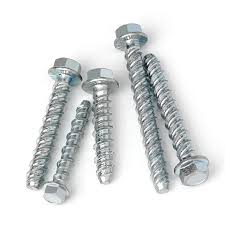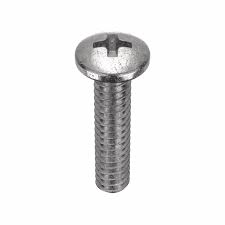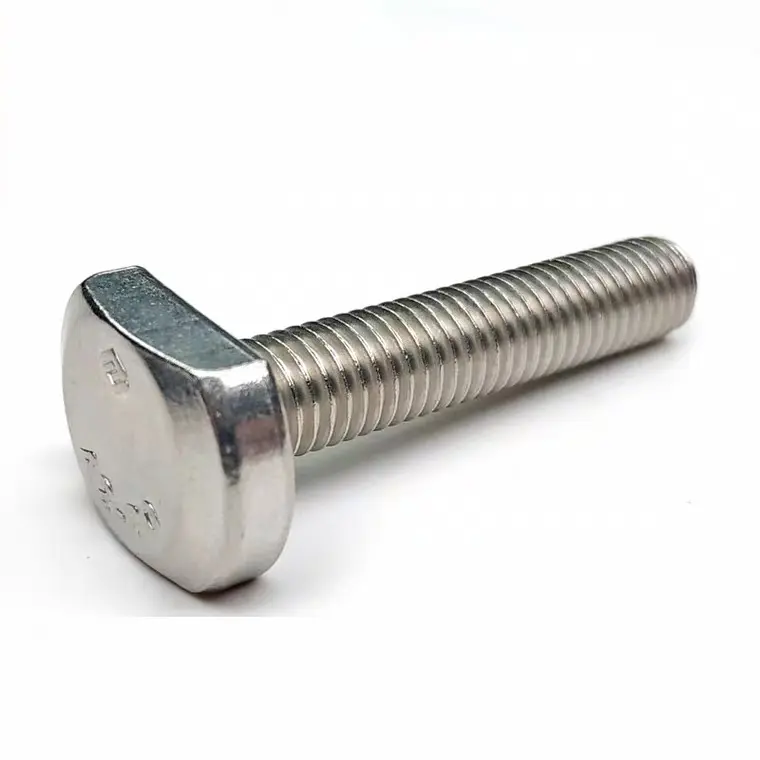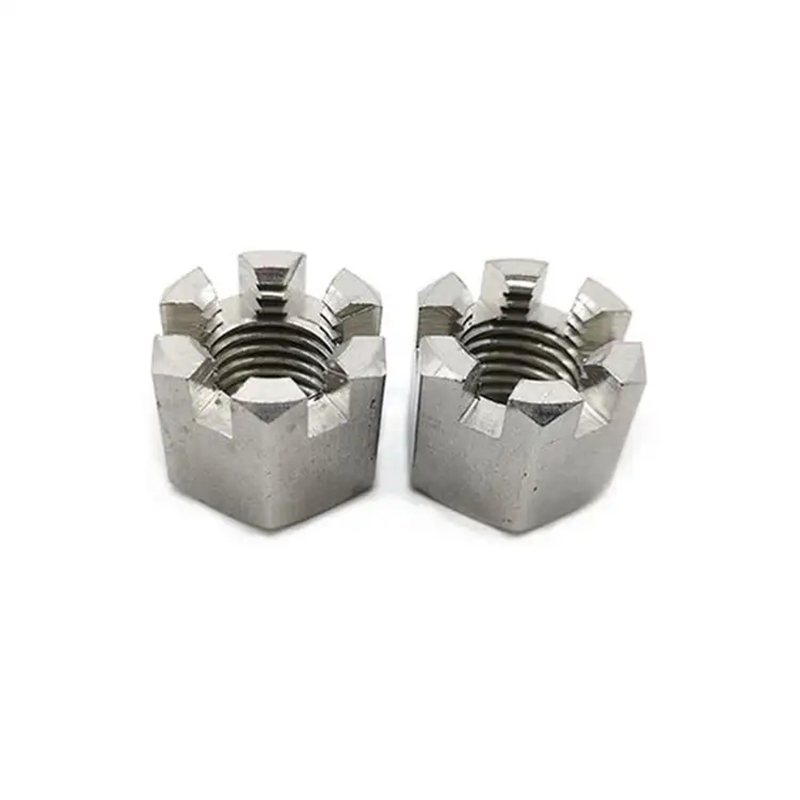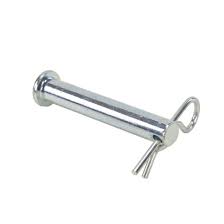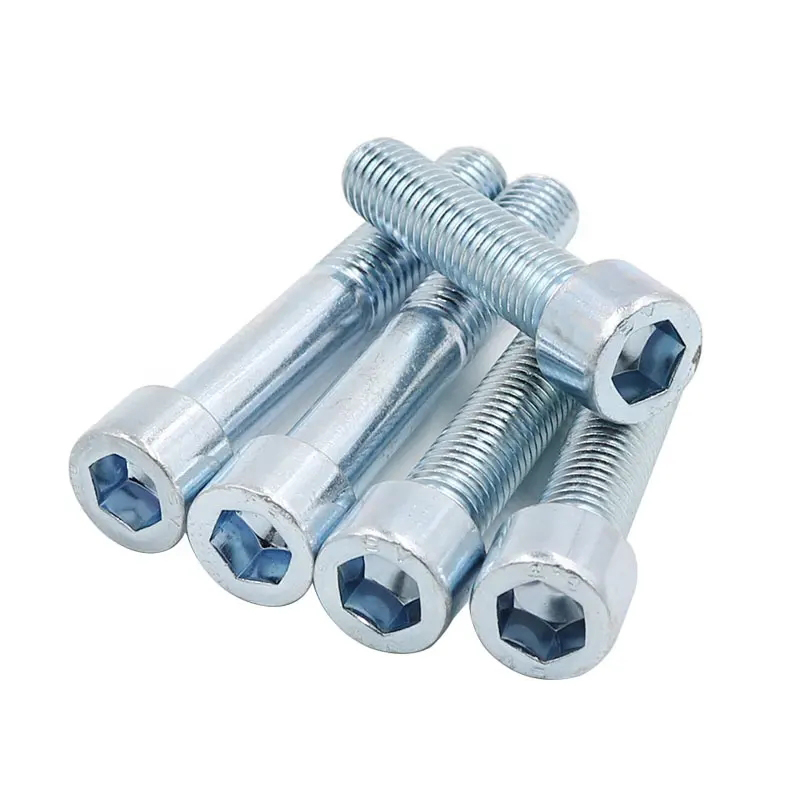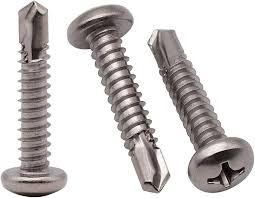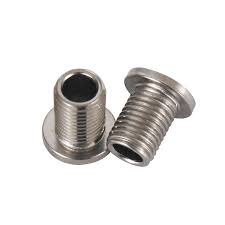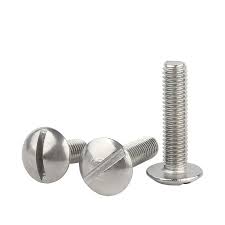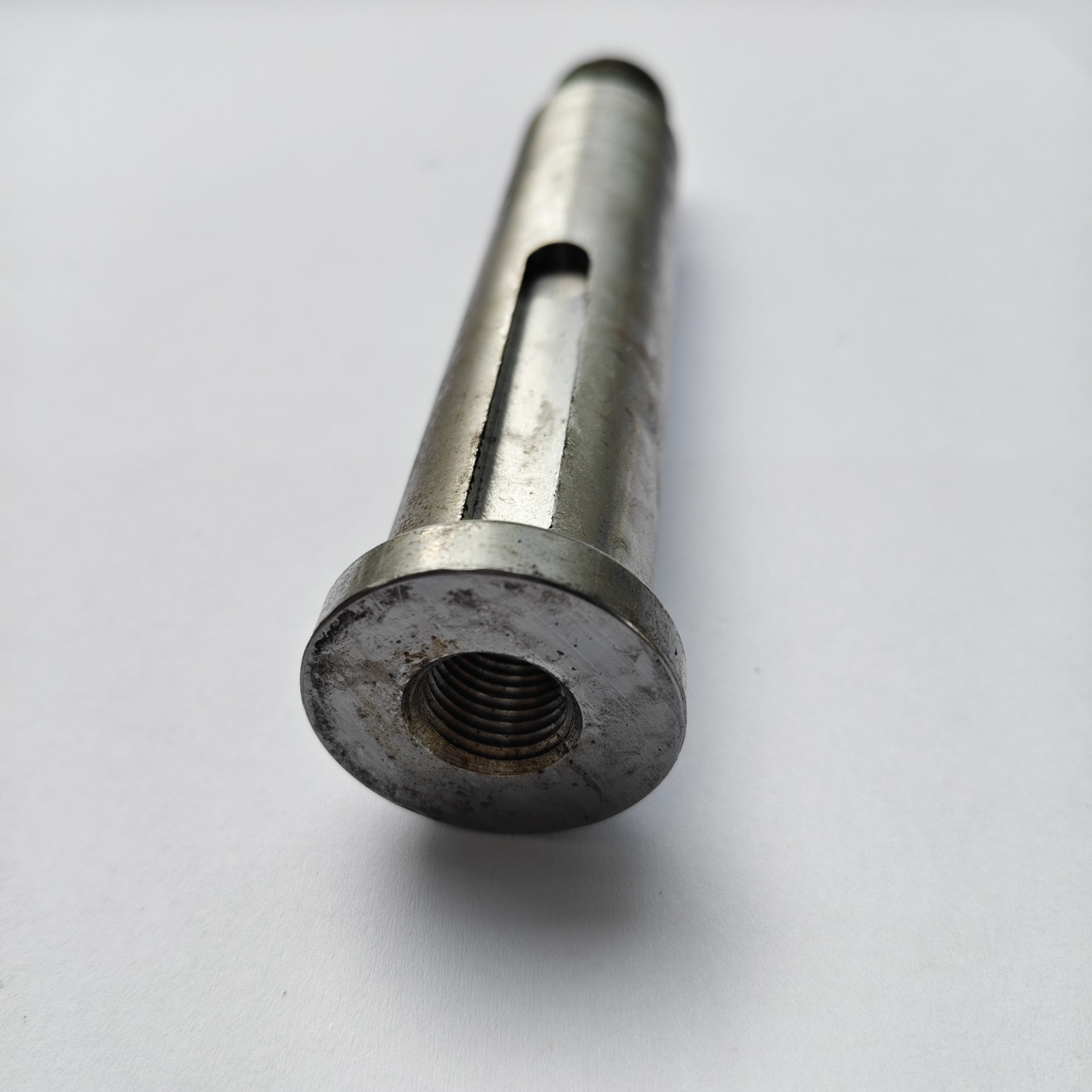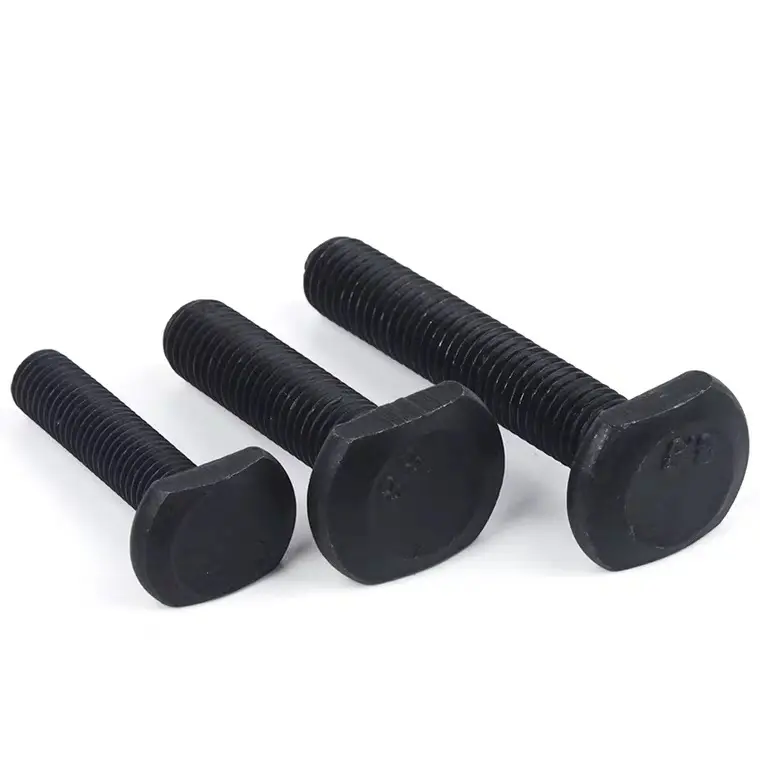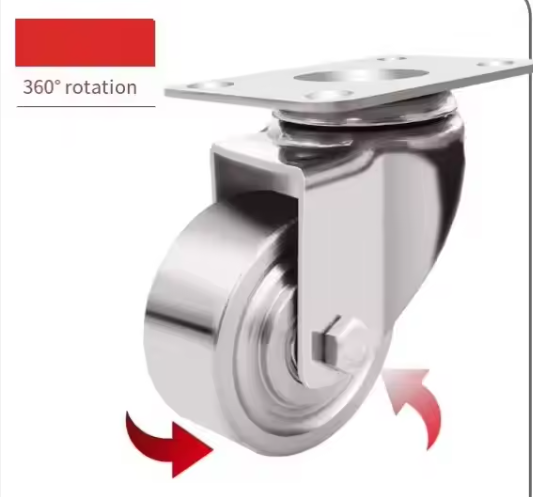

This guide provides a thorough overview of stainless steel nuts, covering their types, applications, material properties, and selection criteria. We explore various factors to consider when choosing the right nut for your specific needs, ensuring you make informed decisions for your projects.
Stainless steel hex nuts are the most common type, characterized by their hexagonal shape. They offer excellent strength and are widely used in various applications. Their versatility makes them suitable for a wide range of fastening needs. Consider factors like size, grade, and finish when selecting hex nuts for your project. Proper torque application is crucial for ensuring secure fastening.
Stainless steel flange nuts have a built-in washer, providing a larger bearing surface and improved vibration resistance. This makes them ideal for applications where vibration is a concern, preventing loosening and ensuring a secure connection. They're often favored in automotive and industrial settings.
Stainless steel cap nuts, also known as acorn nuts, feature a dome-shaped top that covers the threaded end of a bolt. This provides a cleaner, more aesthetically pleasing finish and protects the threads from damage. They are frequently used in applications where appearance is important.
Stainless steel castle nuts have slots cut into the top, allowing for the use of a cotter pin to secure the nut in place. This is particularly crucial in applications where vibration or high stress levels are present, offering an additional safety measure against loosening.
Stainless steel nuts are available in various grades, each with different properties and corrosion resistance. Common grades include 304, 316, and 410. Grade 304 is the most common and offers good corrosion resistance. Grade 316 provides superior corrosion resistance, particularly in marine environments. Grade 410 offers higher strength but lower corrosion resistance. The choice of grade depends heavily on the application's requirements. For instance, projects exposed to harsh environments, like marine applications, would benefit from a higher grade such as 316. Hebei Dewell Metal Products Co., LTD offers a comprehensive selection of various grades to meet different application needs.
Selecting the appropriate stainless steel nut involves considering several key factors:
| Grade | Corrosion Resistance | Strength | Typical Applications |
|---|---|---|---|
| 304 | Good | Moderate | General purpose, food processing |
| 316 | Excellent | Moderate | Marine environments, chemical processing |
| 410 | Fair | High | High-strength applications |
Choosing the right stainless steel nut is crucial for ensuring the longevity and reliability of any project. By understanding the different types, material properties, and selection criteria outlined in this guide, you can make informed decisions that lead to successful and durable fastening solutions. Remember to always consult technical specifications and relevant safety guidelines.
1 Information regarding stainless steel grades is based on general industry knowledge and publicly available resources.

